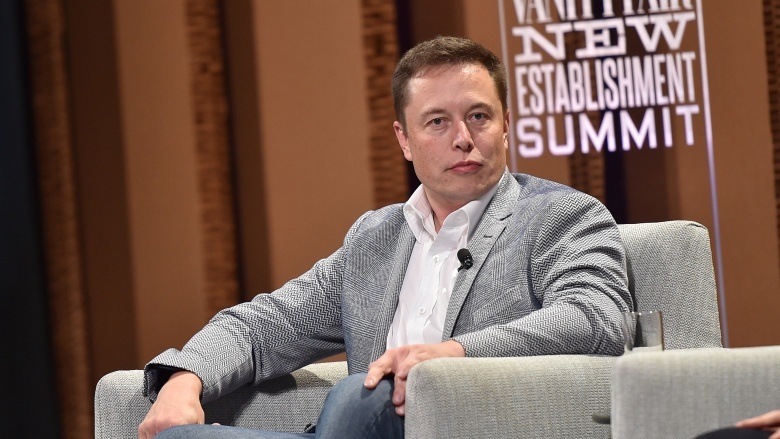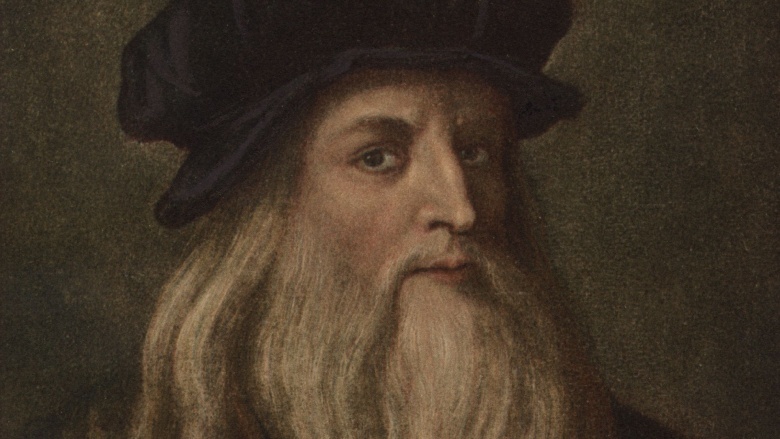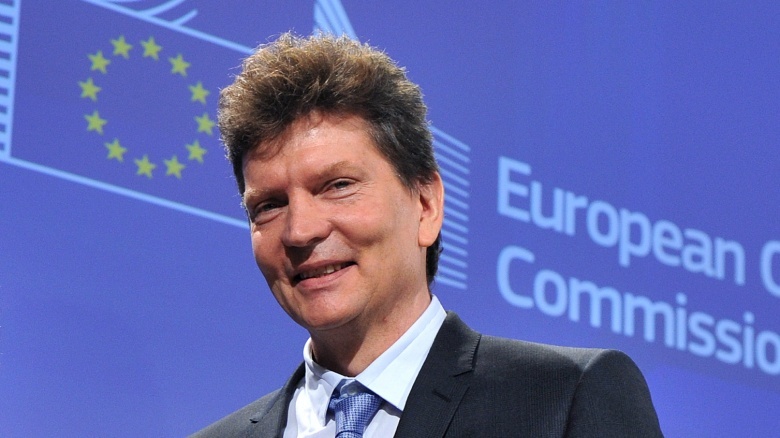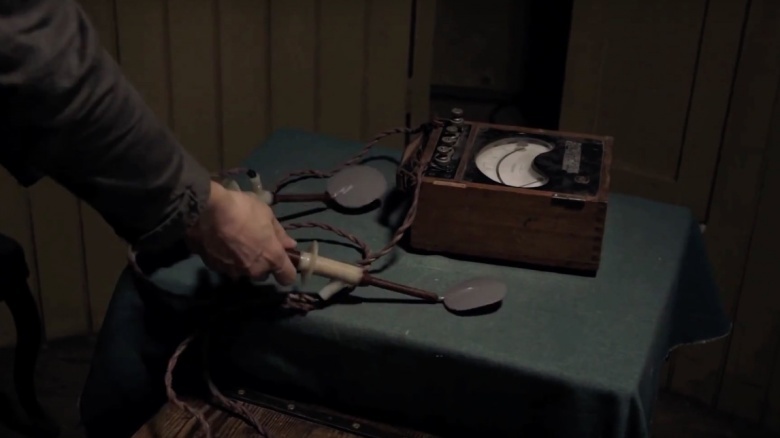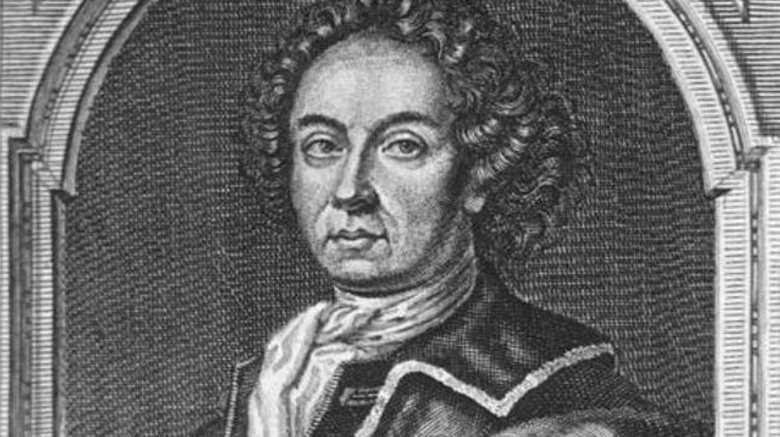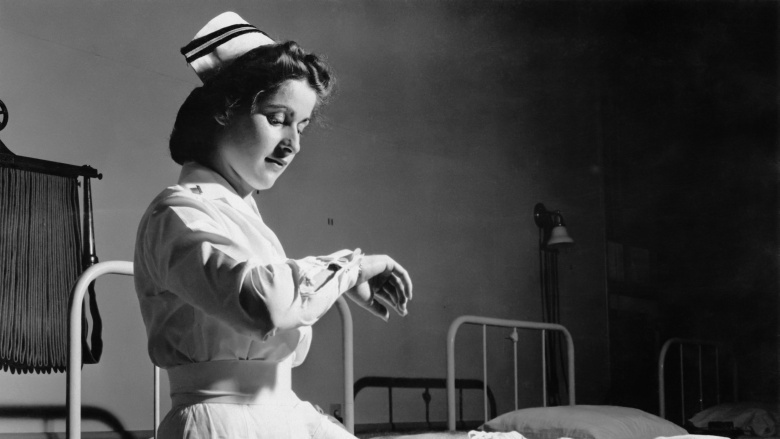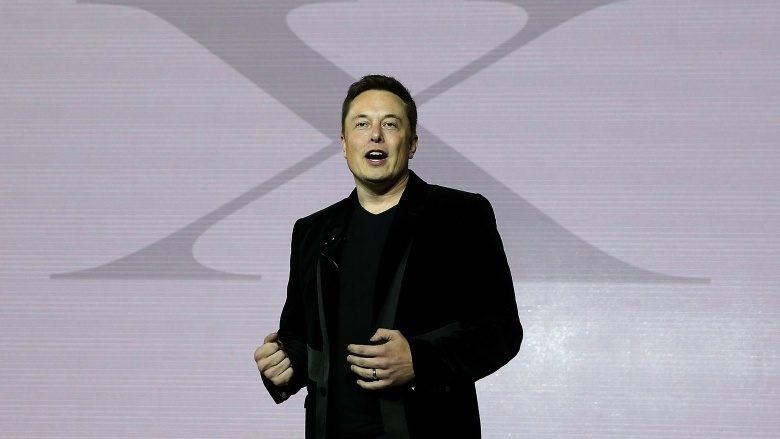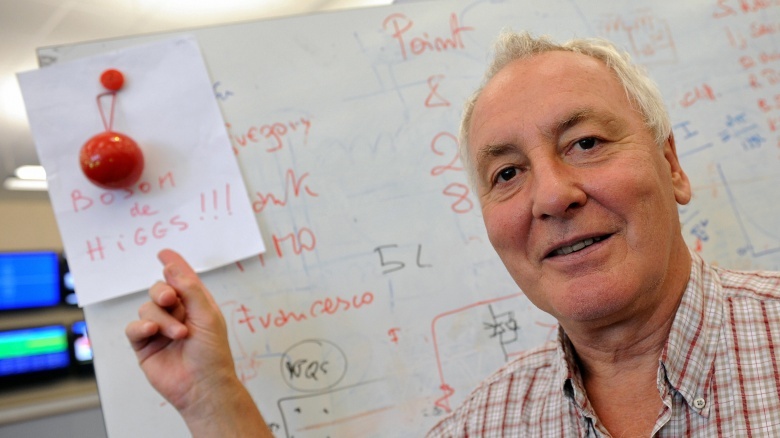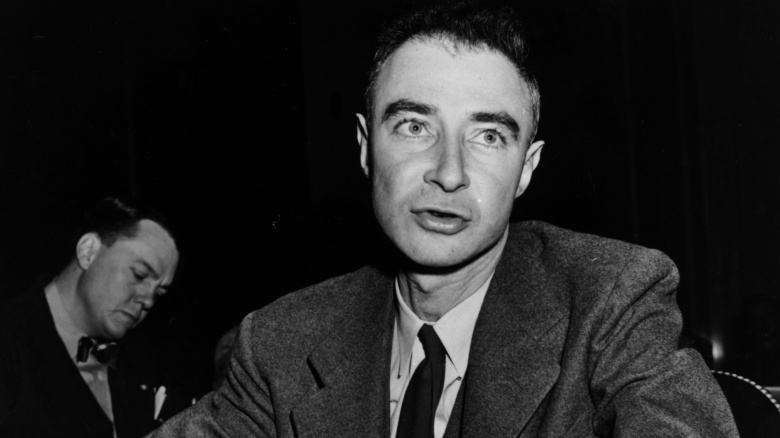Real Mad Scientists From History
Mad scientists have long been thought to exist only in science fiction and horror movies. But they actually do dwell within the real world. Here's just a handful of the many mad scientists who've lived alongside us, maybe even right next door.
Leonardo da Vinci
Most people know him for his beautiful artwork now, but back in his day, Leonardo da Vinci was an absolute madman. With interests extending into numerous fields besides art, da Vinci liked dipping his toes into engineering, invention, and even anatomy. To those ends, da Vinci is credited with inventing the helicopter. Think about that. In da Vinci's day, the only things that flew were birds and insects and he said, "to heck with that, I want to fly too." Thus he invented the "aerial screw," a contraption made of wood, canvas, and bicycle parts. It only ever existed on paper, but the fact that he's also credited with inventing the parachute suggests how much faith he placed in his own idea. Da Vinci also had a fondness for dissecting corpses. Despite the fact he was given permission to do so, that just screams mad scientist through and through.
Professor Henry Markram
Switching to a more contemporary scientist, Professor Henry Markram wants to put a living mind inside a machine by 2018. By that, he means he wants to perfect artificial intelligence, the one thing movies have made perfectly clear will probably kill us all. Called the "Blue Brain Project," the South African scientist hopes to create a completely artificial being capable of thinking, feeling, and even falling in love. He does all this in the hopes that it will help us better understand how the brain works, so his intentions aren't completely evil, or even just for the heck of it. Markram's initial impetus came when his son, Kai, was diagnosed with Asperger's syndrome, which eventually resulted in Markram's theory that autistic people are more empathetic and aware than people give them credit for. Subsequently, the Blue Brain Project birthed the Human Brain Project, which he hopes will shed light on the human brain and all diseases that affect it. With that, we can all hope he succeeds, and that sci-fi movies have all been wrong.
Giovanni Aldini
Italian physicist Giovanni Aldini is one of two men credited with being a real-life Victor Frankenstein. Aldini earned the title from a little 1803 experiment of his, in which he wanted to resurrect the "perfect" corpse as part of his work with electricity, which was all the rage back then. To accomplish this task, Aldini procured the body of hanged murderer George Foster, who was executed for killing his wife and child. (He just sounds like the person society needed back, doesn't he?) So Aldini took Foster's body to the Royal College of Surgeons where, in front of an audience, Aldini attached electrodes — like the ones pictured here — to Foster and turned up the juice. And pretty much everyone was shocked to see results almost right away. Fosters facial muscles began twitching, his "left eye opened" and, after a couple of hours, it seemed that Foster inhaled. However, the battery Aldini used soon ran out of juice, and Foster's body became stiff once again. Though Foster didn't walk out of that room, his story did, making its way through England and eventually to Mary Shelley's ear.
Johann Conrad Dippel
The other scientist credited as being the inspiration for Frankenstein, Johann Conrad Dippel wasn't the type to put all his eggs in one basket. The German physician's interests extended into theology and alchemy, and his hobbies included stealing and experimenting on cadavers, attempting to create artificial life, and actively searching for the Philosopher's Stone and elixir vitae, which he's said to have created. At one point, he created something he called "Dippel's Oil," a concoction that was actually used up until World War II, albeit as an insect repellent. It's also worth noting that Dippel was born in Castle Frankenstein, which is a real thing, located in Darmstadt, Germany. Dippel was also once found guilty of heresy, so he was probably as mad as they get.
Charles Hofling
Another contemporary madman, psychiatrist Charles Hofling liked to test the limits of people's obedience. To that end, he conducted what's now known as the Hofling hospital experiment in 1966. Without telling any of the 22 night nurses involved, Hofling had a fictitious doctor call the hospital and order them to administer a fictitious drug — actually a placebo — to patients. The fake drug appeared nowhere on any approved medicine list. Also, the nurses were told to give the patients 20mg of this drug, despite a label on the bottle clearly stating that 10mg was the maximum anyone should receive. Frighteningly, 21 of 22 nurses complied with these orders, and in doing so broke three rules of the hospital: not taking orders over the phone, not exceeding a maximum dosage, and using an unauthorized medicine. Luckily, healthcare has gotten way better since then.
Elon Musk
Everyone's favorite real-life Tony Stark, Elon Musk actually has some pretty crazy ideas. For starters, he wants to completely change the way people travel with the Hyperloop: a proposed superfast transit system connecting Los Angeles and San Francisco with a 30-minute commute. This little idea took its first big step in May 2016, when startup Hyperloop One successfully tested a propulsion mechanism in the Nevada desert. Another one of Musk's crazy ideas is setting artificial intelligence — a thing he's warned against — free. In December 2015, he unveiled OpenAI, an AI research company aimed at developing artificial intelligence that will benefit mankind, rather than completely destroy it. To get this idea off the ground, Musk raised $1 billion, a truly mad-scientist amount of money.
Lyn Evans
Welsh physicist Lyn Evans is the Linear Collider director of CERN, which means he's in charge of the Large Hadron Collider, or LHC. Under Evans' leadership, other scientists have smashed protons into one another in an attempt to recreate the Big Bang, the explosion theorized to have created our Universe. Among the many things they hope to or have discovered, such as the Higgs boson particle, their ultimate aim is to see how the Universe began. However, there could be a fundamental problem with that. Since, essentially, Evans and crew are trying to recreate something that created an entire universe, there's the danger of their experiment working too well. For all we know, a bouncing baby universe is growing inside our own as we speak.
J. Robert Oppenheimer
American theoretical physicist Julius Robert Oppenheimer taught physics at UC Berkeley for over a decade. However, most people know him for his work on the then-clandestine Manhattan Project, which developed the world's first atomic bombs. For this achievement, he's become known as the "father of the atomic bomb." And that's only the first crazy thing he did, for which he almost immediately recognized. The next crazy thing he did was propound for international control of nuclear weapons, so as to avert a global nuclear catastrophe. Basically, he presented Congress with bright, shiny, explodey toys, and then tried to take them away. For that, Oppenheimer saw his security clearance revoked and his career ruined. He created a bang, but went out with a whimper.
